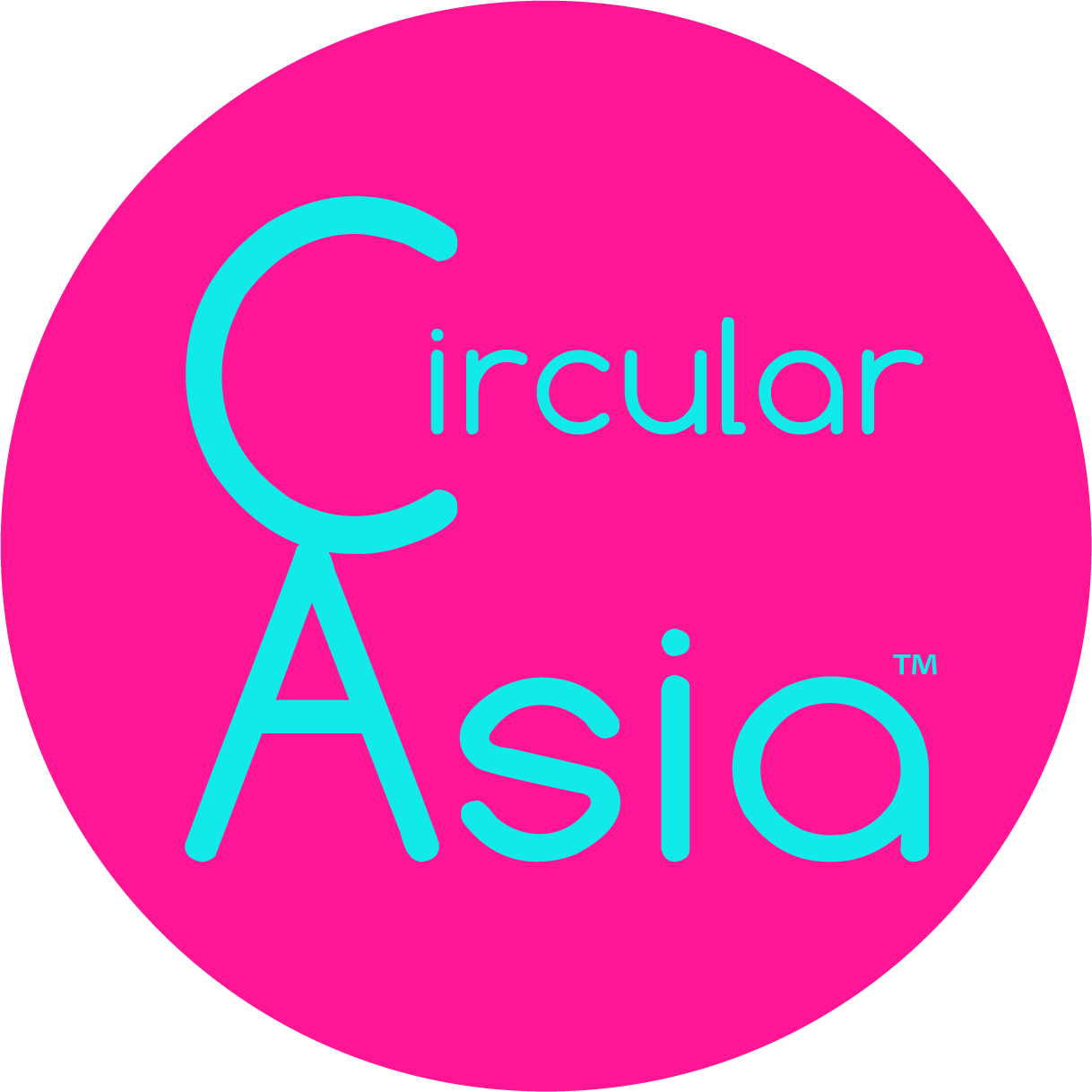Reuse – Part of the Circular Economy
‘Reuse’ aims to tackle the single-use disposable way of life which has become so normal for most of us. From a circular economy perspective, it is one of the three pillars of the circular economy, namely resource management. Resource management is usually applied to product life extension, materials management and PaaS (Product-as-a-Service) business models.
Reusing items is not new. For example, Coca Cola refilled glass bottles around the world for approximately 80 years. Milk is another example of a beverage that was sold in refillable glass bottles and, in some places, is making a comeback as consumers seek less disposable packaging.
In the developing world, some products, food items or beverages are sold in reusable containers or directly delivered to houses where consumers put them into reusable containers.
In Mumbai, India, up to 250,000 lunches for office staff are delivered in tiffins. Tiffin carriers or ‘dabbas’ are reusable metal lunch boxes widely available in Asia. From India, their usage spread to Indonesia, Malaysia, Singapore and even as far as Trinidad and Tobago. Tiffin carriers are also now common in many other places.
In a Linear Economy, most of the energy used goes into extracting and processing natural resources and not in the actual manufacturing of products. By reusing products, we replace energy consumption with labour resulting in energy savings and job creation.
Click to enlarge and scroll images
The Circular Rs are part of the Circular Economy Foundation Course.
Reuse – An Economic Function of the Circular Economy
Returnable Reusables more closely map to current patterns of consumption and sales because they can mimic single-use packaging. In addition, they involve industrial cleaning, rather than at-home cleaning, which can alleviate health-code concerns. Ultimately the biggest advantage of returnables is that they take most of the work away from consumers and put it back into the hands of producers – and they can fully replace disposable packaging, ensuring waste prevention.
Refillables are relatively familiar: These are business models that include bringing your own container to a bulk aisle or purchasing a refillable bottle and buying concentrate to refill it with. Challenges with scaling refill: While many companies have begun exploring refill models, they often cite challenges such as lack of retail space or needed consumer behaviour change that present barriers to scale. More critically, refillable packaging does not guarantee waste reduction if it doesn’t replace single-use packaging. Many refillable models on the market today also use single-use packaging for refills.
Download the sixth part: Reuse PDF file.![]()
Knowledge Centre
This section includes research and reports on clothing reuse, high-value reuse, routes to reuse, ideas, business models, etc.
References:
- Reuse image: Vectors Market from The Noun Project. The original image has been coloured.
- Knowledge Centre: Freepik from Flaticon
- Information: CleanPNG
- Video: Freepik











